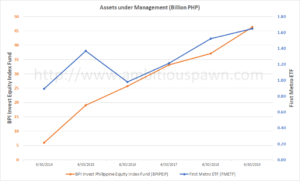I previously discussed how the US taxes dividends and interest income of non-resident aliens investing in the US stock market. In summary, 15% tax is withheld from interest income, 25% tax is withheld from dividend income, while no taxes are withheld from capital gains.
(NOTE: Check out the post – More questions on Philippine taxation of foreign capital gains and dividends – for my most recent thoughts on this topic.)
But how does the Bureau of Internal Revenue (BIR) in the Philippines tax these types of income? The short answer is: It’s not clear. The long answer is as follows:
Continue reading How are foreign capital gains taxed in the Philippines?